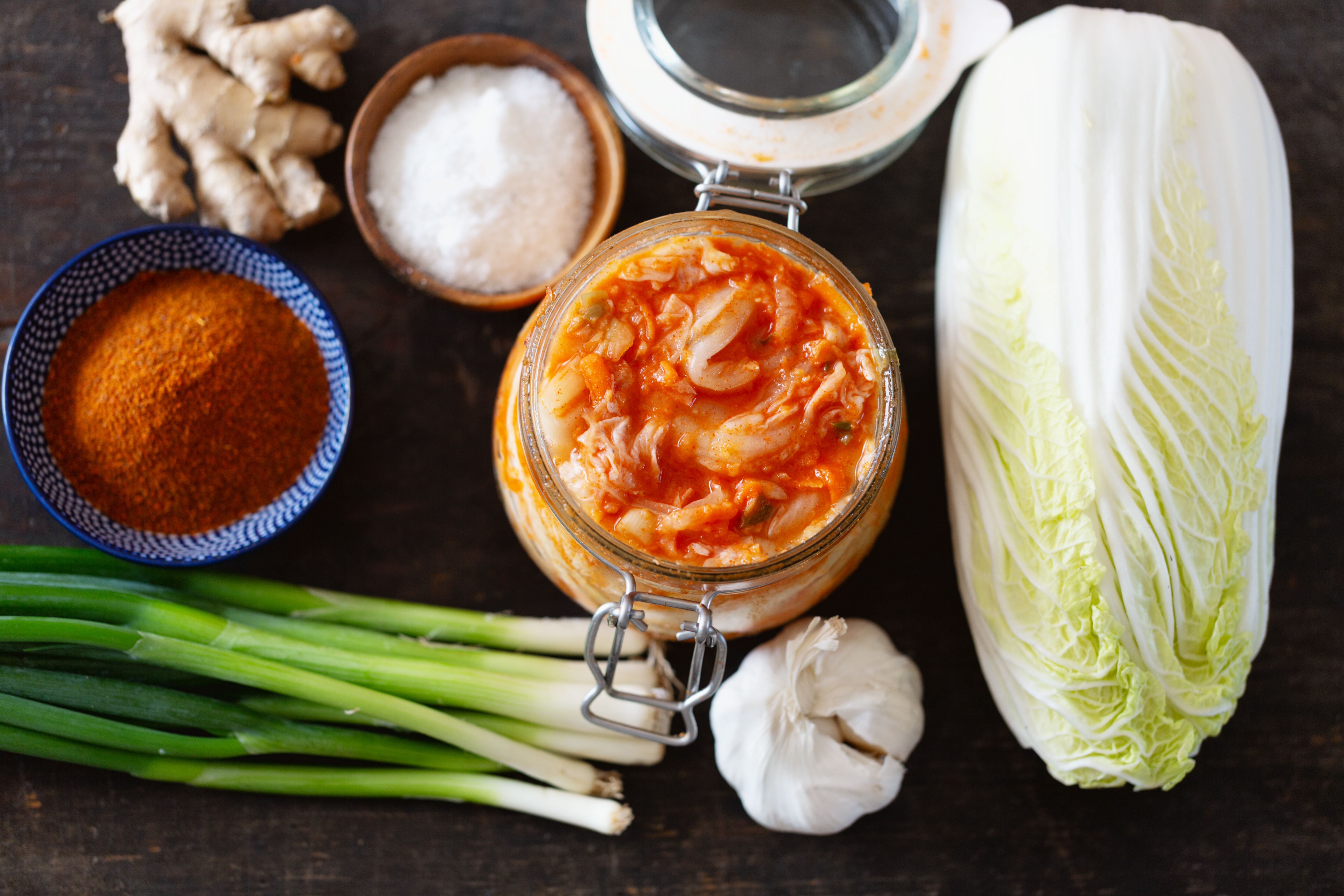Exploring Bibimbap: Korea's Vibrant and Nutritious Mixed Rice Dish
Introduction to Bibimbap
Bibimbap, one of Korea's most iconic dishes, is a beautiful and delicious representation of Korean cuisine. Known for its vibrant colors and rich flavors, this mixed rice dish has become popular worldwide. Its appeal lies not only in its taste but also in its simplicity and nutritional value.
The Essence of Bibimbap
At its core, bibimbap is a bowl of warm rice topped with an assortment of sautéed and seasoned vegetables, sliced meat, a fried or raw egg, and gochujang, a savory and spicy fermented red chili paste. The name "bibimbap" literally translates to "mixed rice," which perfectly describes how the dish is enjoyed—by mixing all the ingredients together before eating.
Ingredients and Variations
A traditional bowl of bibimbap typically includes ingredients like mushrooms, spinach, carrots, bean sprouts, and zucchini. The choice of meat can vary, with beef being the most common option. However, there are countless variations to suit different tastes and dietary preferences. Vegetarian and vegan versions replace meat with tofu or omit it entirely.

For those looking to experiment, bibimbap can be customized with ingredients like kimchi for added spice, or different types of grains such as barley or quinoa as a base instead of rice.
Nutritional Benefits
Bibimbap is not just a feast for the eyes but also a nutritionally balanced meal. It offers a combination of carbohydrates, proteins, and essential vitamins and minerals from its diverse array of vegetables. The inclusion of gochujang provides beneficial probiotics due to its fermentation process.
Depending on the choice of ingredients, bibimbap can be crafted to meet various dietary needs, making it a versatile and wholesome meal option.
The Art of Mixing
The true magic of bibimbap happens when you mix everything together. This act of mixing transforms the separate components into a harmonious blend of flavors and textures. The soft rice acts as a neutral base that absorbs the bold taste of gochujang, while the vegetables add crunch and freshness to each bite.
Enjoying Bibimbap at Home
Making bibimbap at home is relatively easy and allows for creativity in the kitchen. Start by preparing the rice and sautéing your chosen vegetables. Cook the meat or prepare a vegetarian protein alternative. Arrange these components in a bowl, add a sunny-side-up egg on top, and finish with a generous dollop of gochujang.
- Cook rice until soft and fluffy.
- Sauté vegetables until tender.
- Prepare protein of choice.
- Arrange components in a bowl.
- Add egg and gochujang before mixing thoroughly.
Invite friends and family to join in on the fun of mixing and tasting this delightful dish.
Conclusion: A Culinary Adventure
Bibimbap is more than just food; it's an experience that brings people together. Its vibrant presentation and rich flavors offer a taste of Korean culture that is both satisfying and nourishing. Whether enjoyed at a restaurant or made at home, bibimbap continues to capture the hearts and palates of food enthusiasts around the world.
